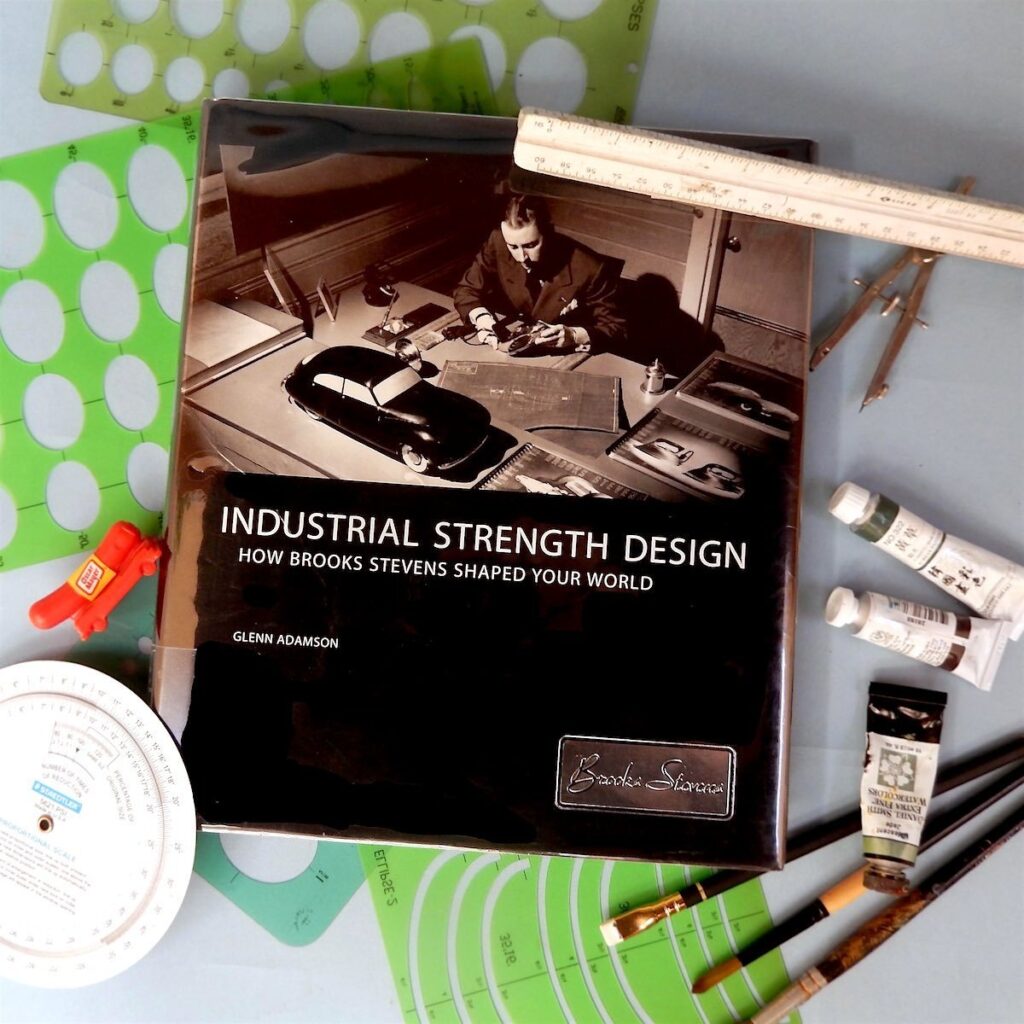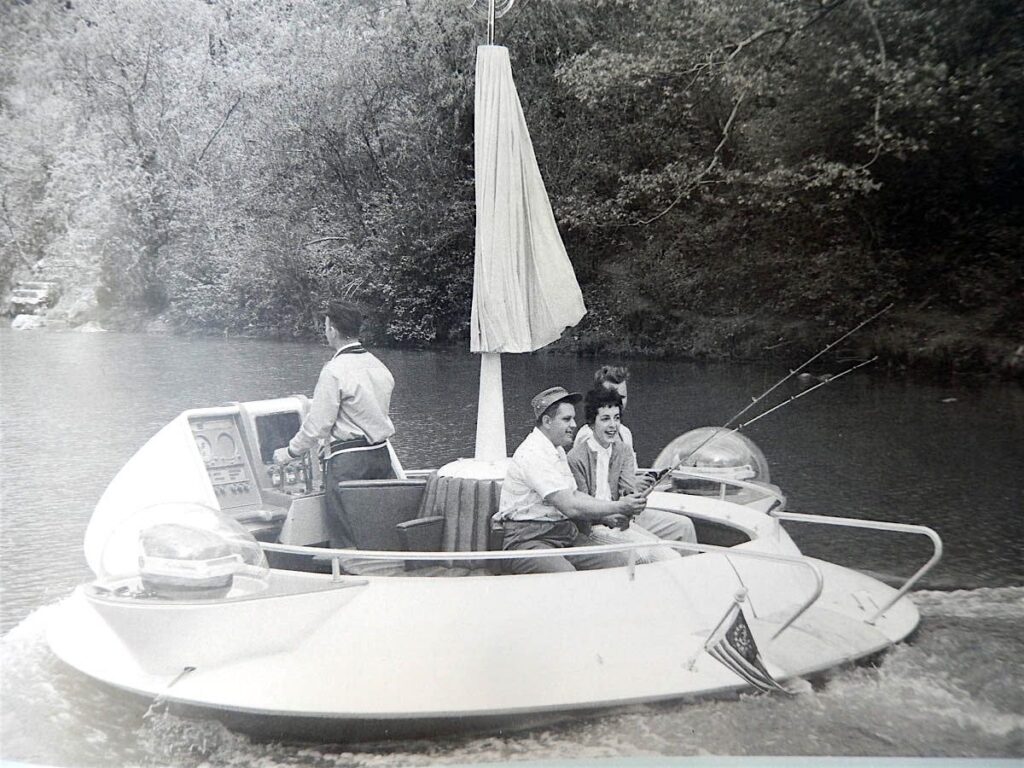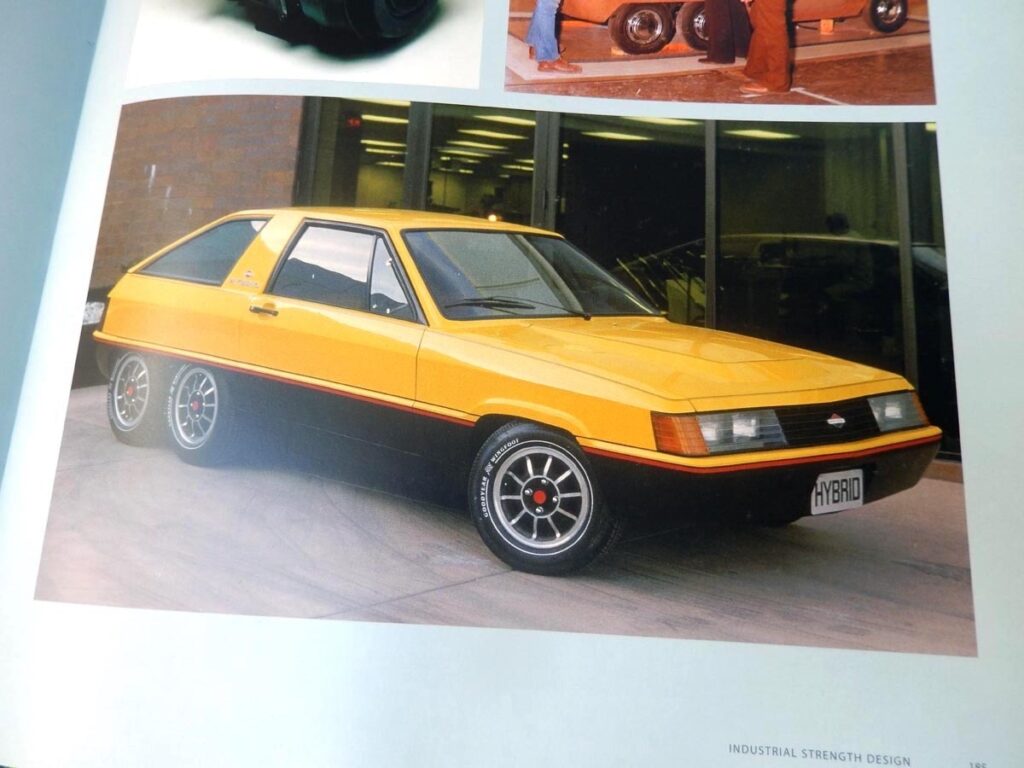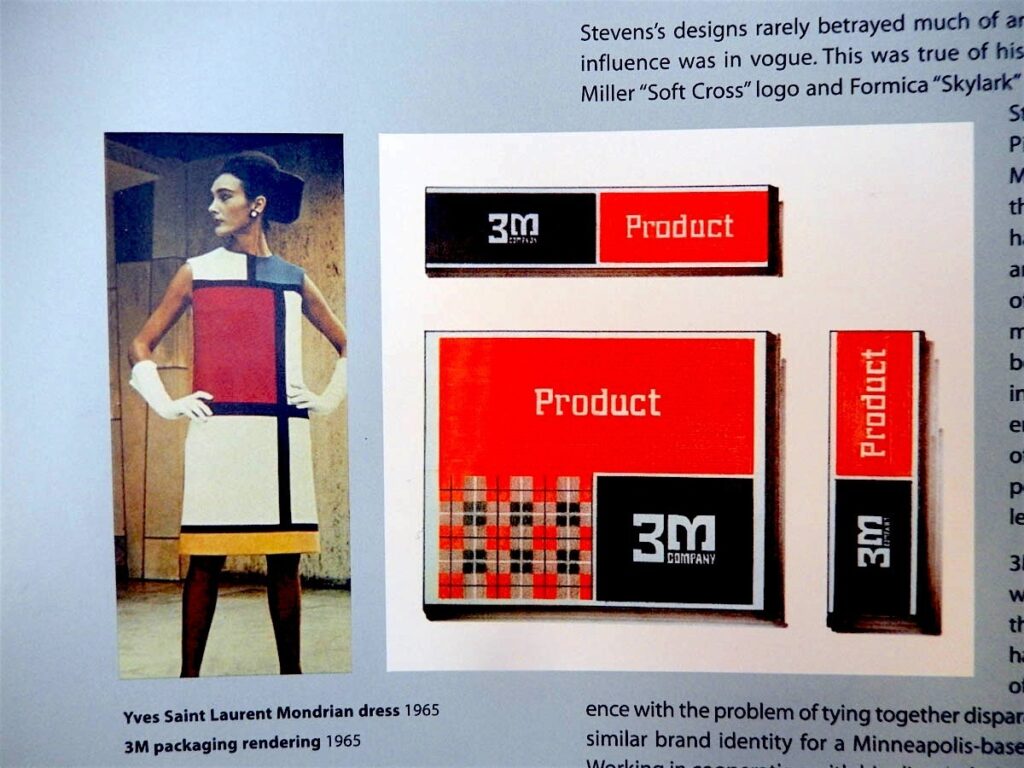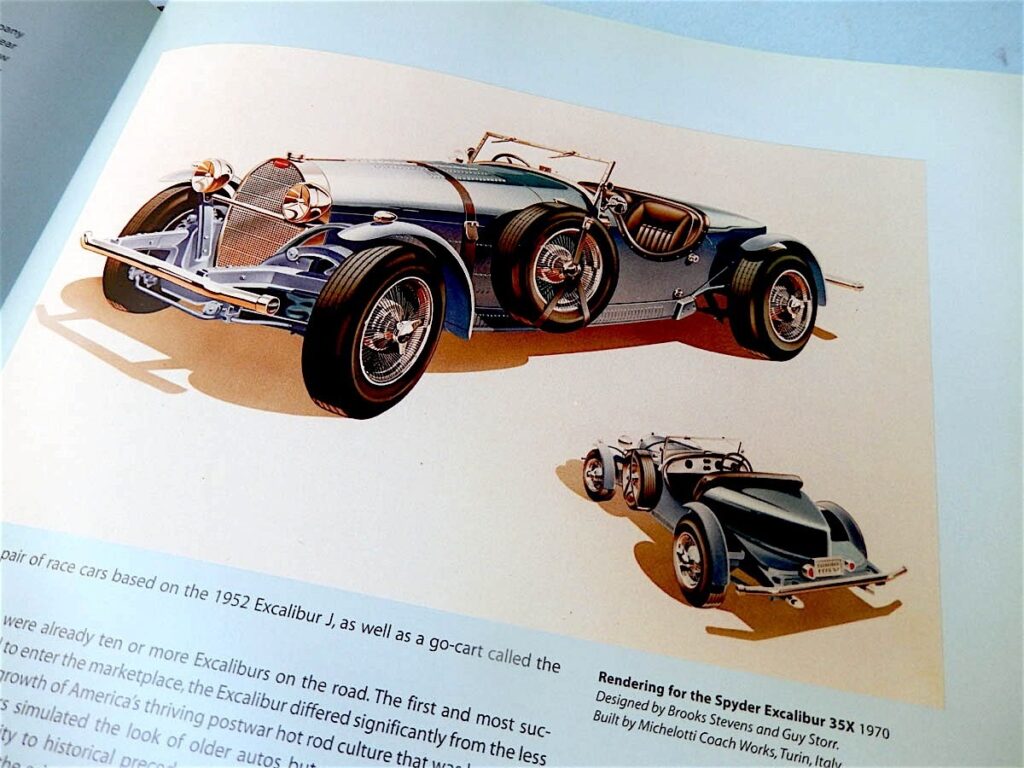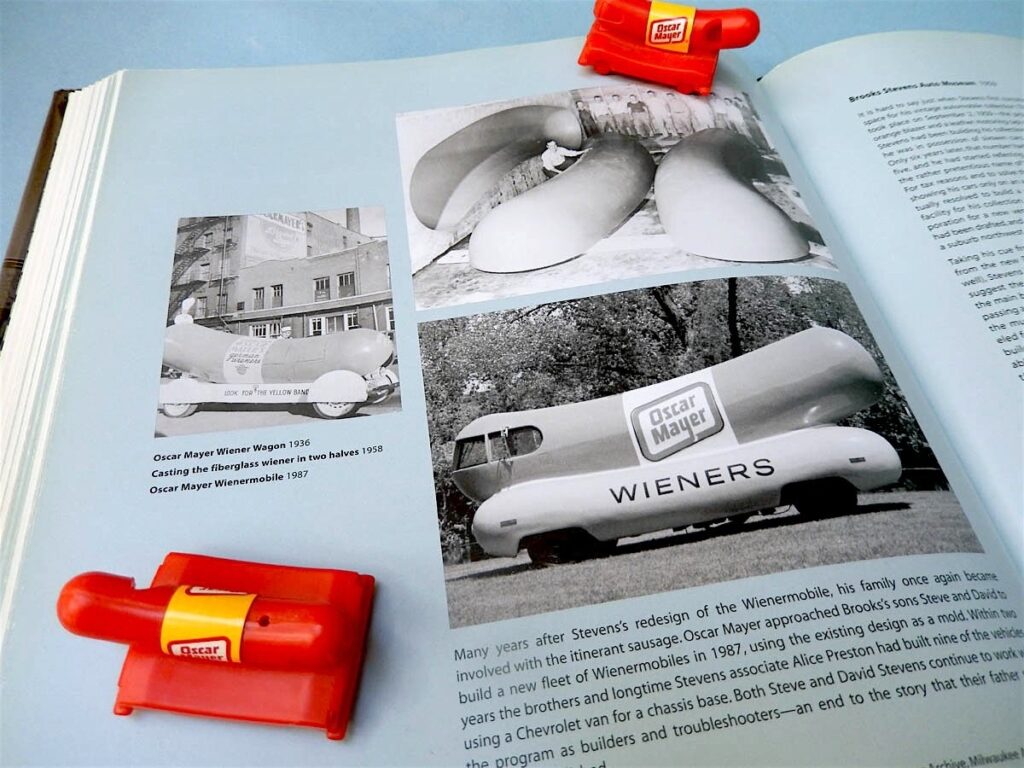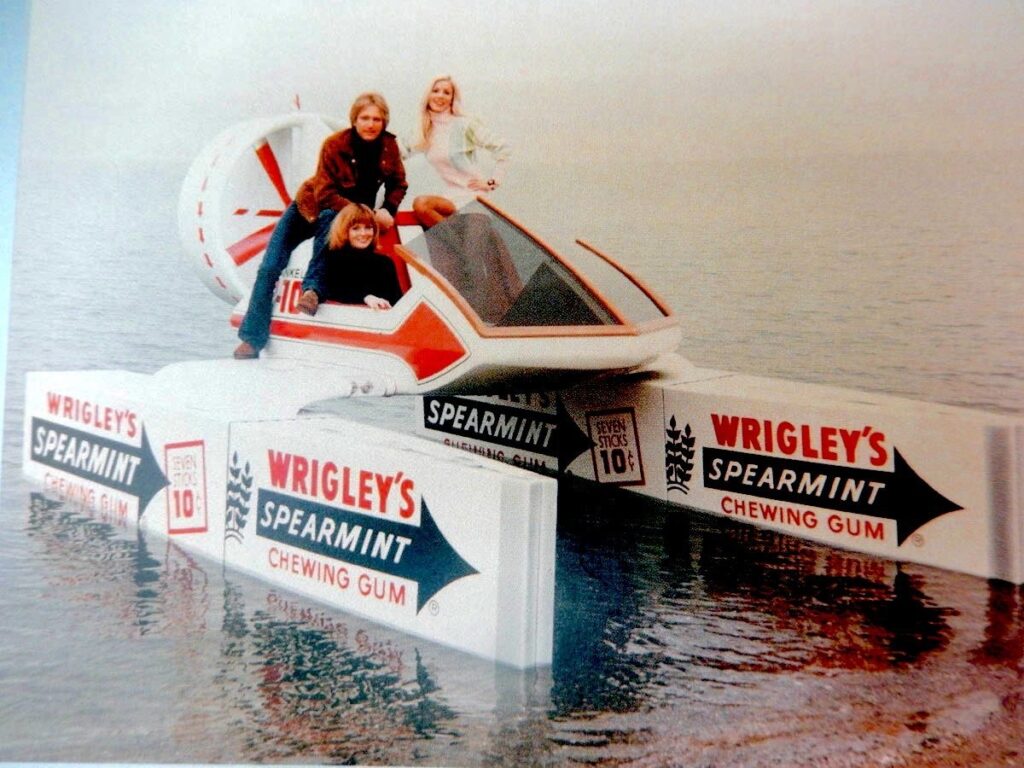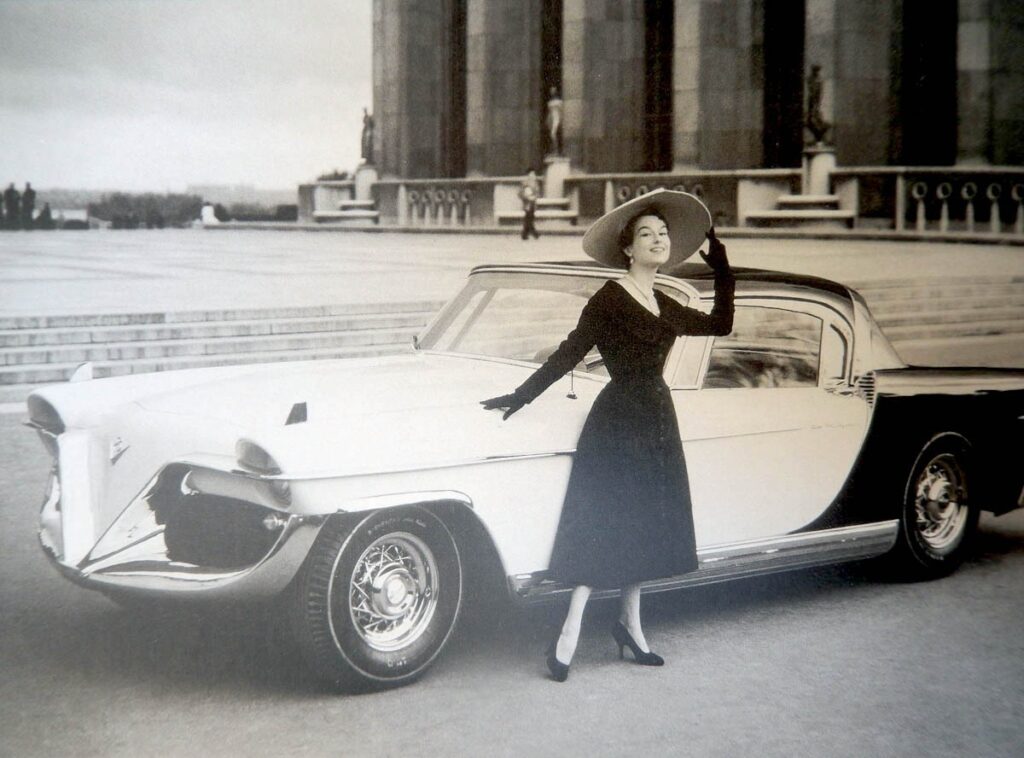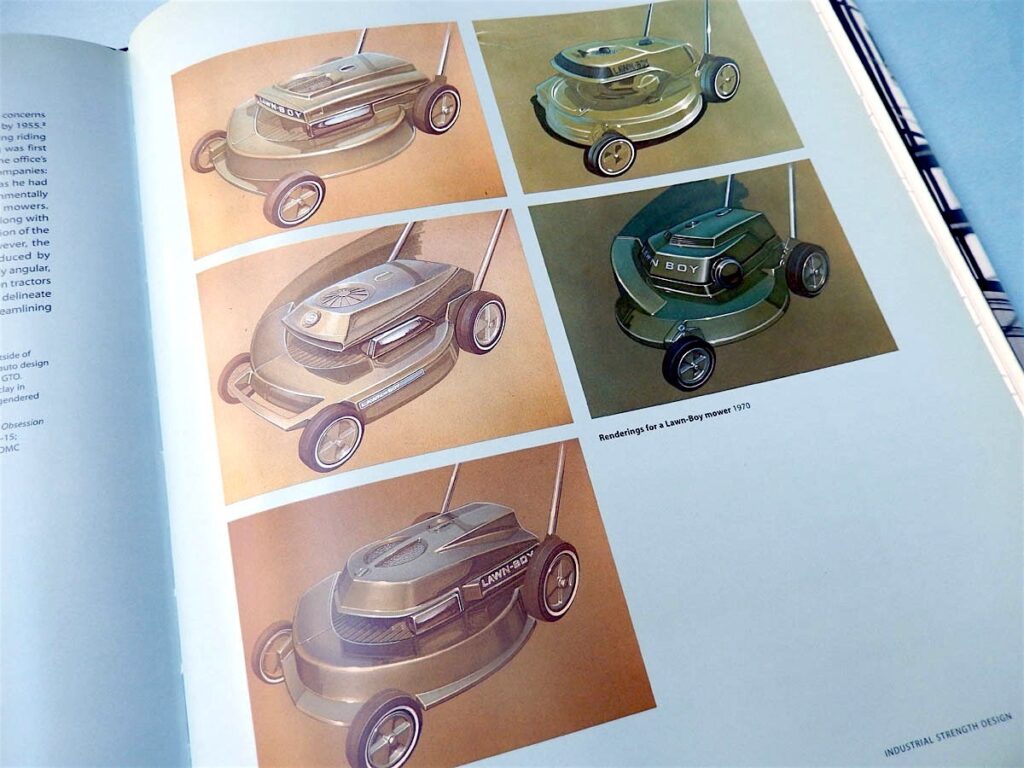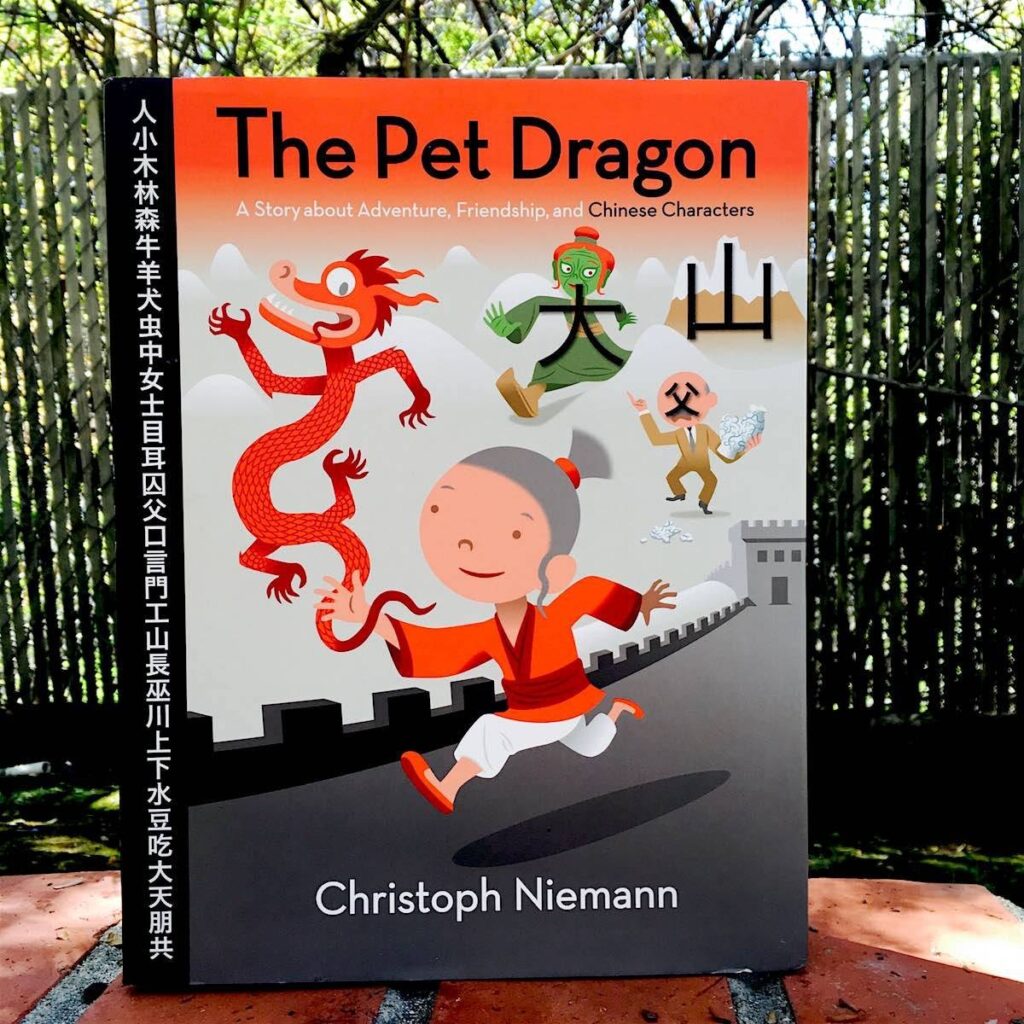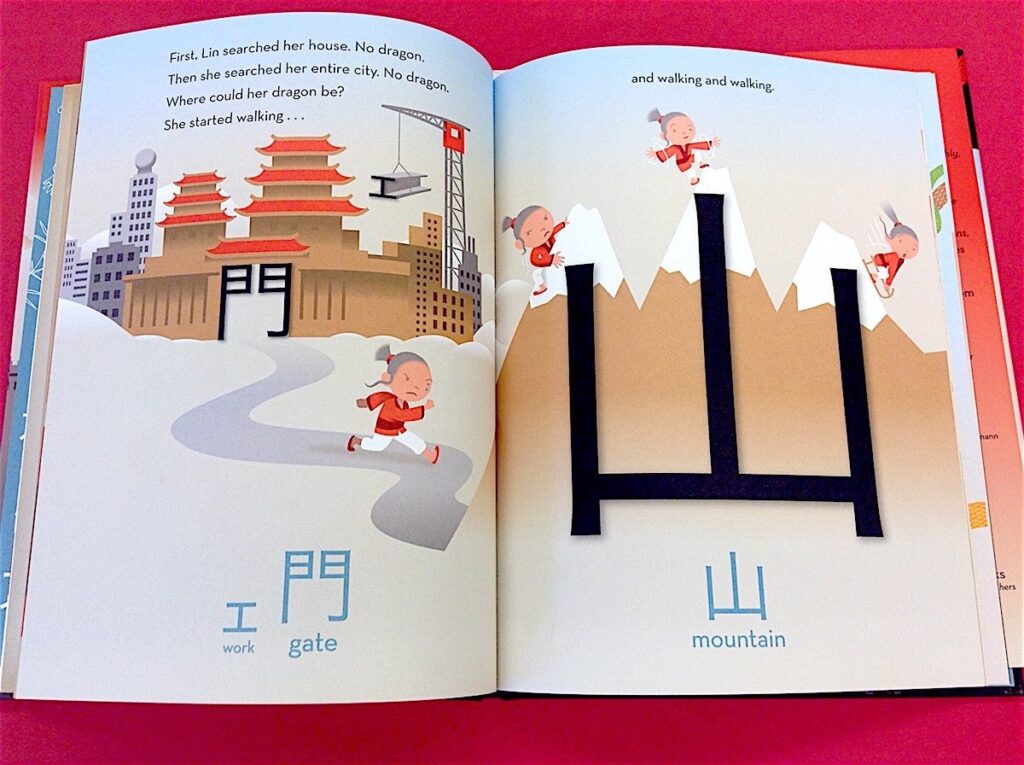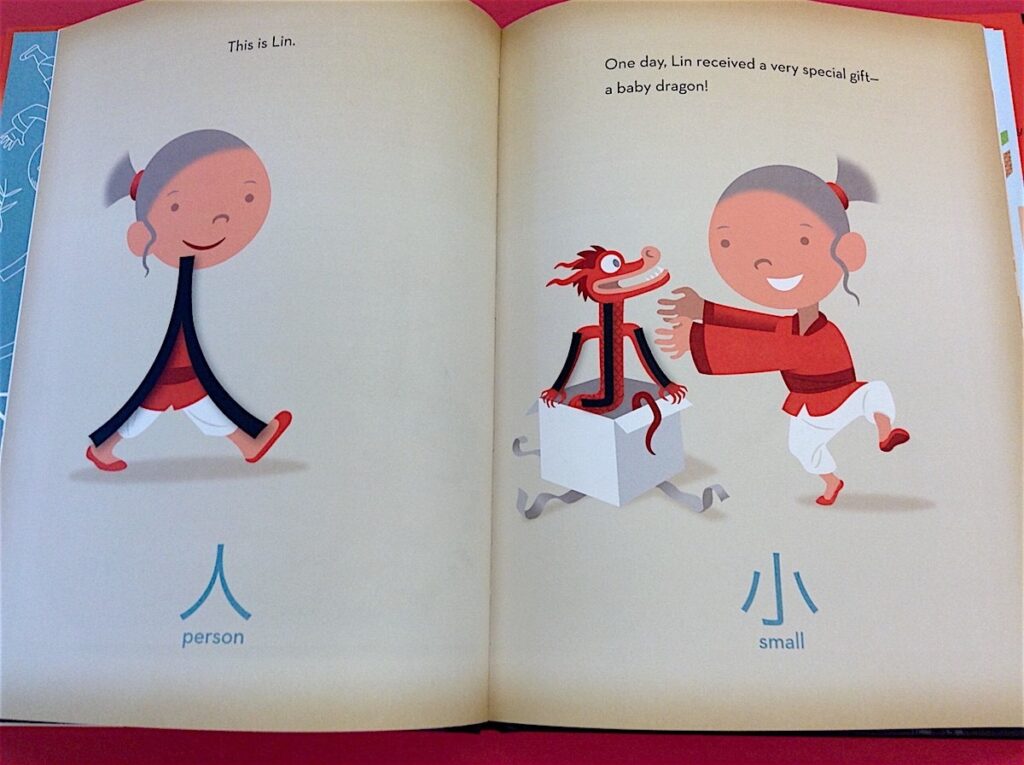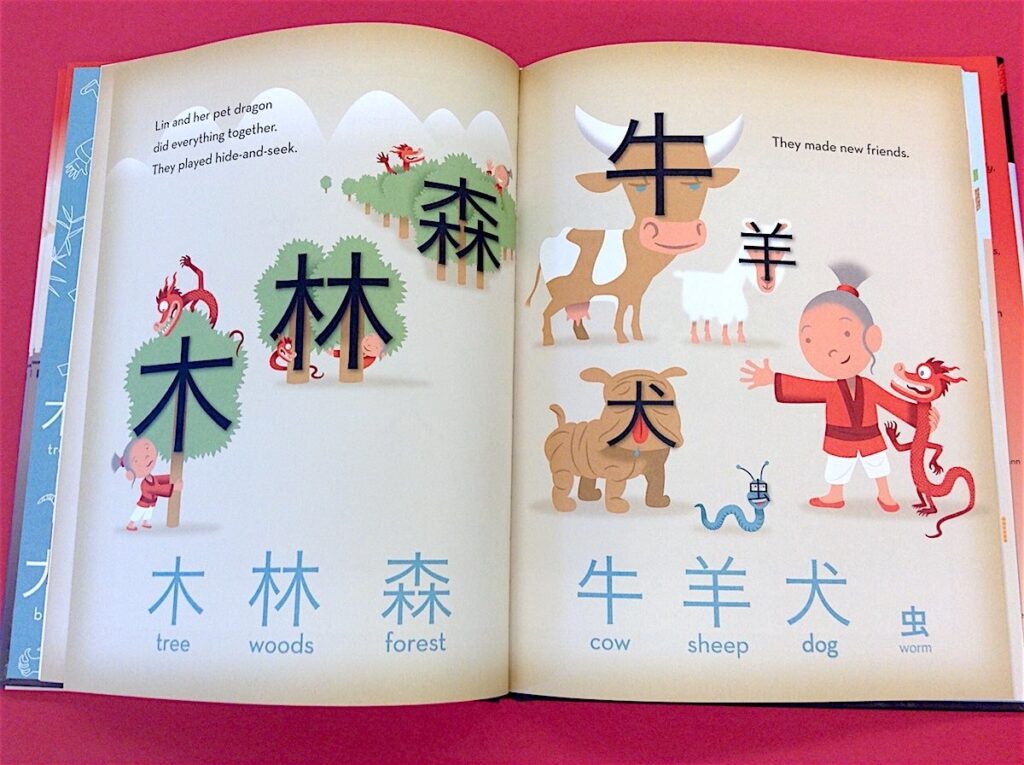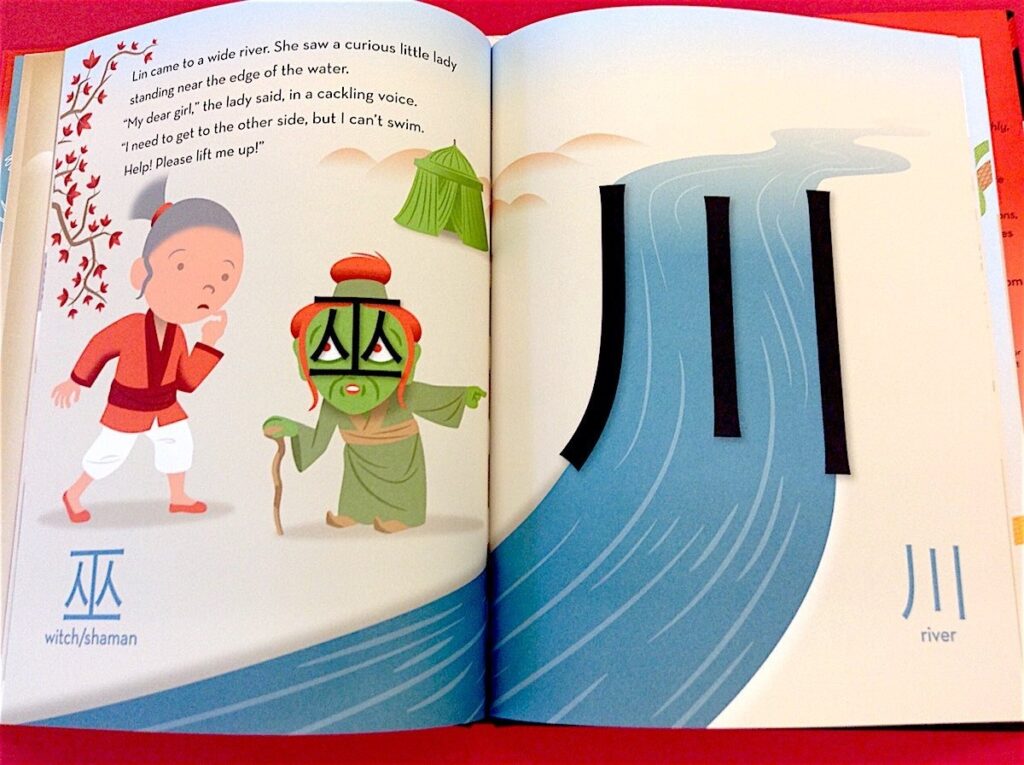Tojiro DP 8-inch Gyutou Chef’s Knife

Affordable entry into Japanese cutlery
The Tojiro DP 8″ Gyutou ($79) is a step up from stamped chef knives, and a nice entry into Japanese cutlery. Gyutous are the Japanese knife closest to a the traditional German-style chef’s knife, e.g., Wustof and Henckels. But there are a few differences. The Japanese blade is not as deep, so there is a bit less clearance for your fingers. It is also typically thinner, and uses a harder, more brittle steel. Tojiro makes a wide variety of knives. The DP line (for “decarburization prevention”) seems to be their workhorse line, meant for pros. These knives are made with VG-10 steel laminated with softer stainless steel for easier sharpening. The basic DPs have two or three layers, but there are models with Damascus (multi-layered) construction. Other lines use higher-end or at least more exotic steels (one even uses carbon steel, albeit a high grade.)
This particular knife was a Wirecutter runner-up, and half the price of their pick (a Mac.) I bought it on their recommendation, and have used it daily for two years. (I also have a decent German-style chef’s knife that I will use for comparison.)
Advantages:
- The Tojiro’s thinner blade generally makes it a better slicer, especially of thick, tough materials like winter squash, which can bind a thicker blade. It glides through crusty bread, which thicker knives might crush. The thinner blade also makes the knife lighter and more agile.
- The edge does seem harder. My other chef’s knife will have a visible roll on the edge after moderate use, but the Tojiro will not. It still requires occasional sharpening, of course.
- The handle is a plastic composite, basic but nicely shaped. It feels secure and comfortable.
- This particular knife is kind of a hybrid between traditional Japanese knives and German-style knives: it is beveled on both sides, it has a bolster (where the steel is thicker), and it is made with stainless steel. That makes it easier to adapt to it, if you are used to Euro-style knives. Ultra-traditional Japanese knives would be forged from carbon steel, beveled only on one side, and might have a simple wood handle stuck onto a rattail tang, with no bolster at all, as if the blade were just stamped from sheet metal (though it wasn’t).
- It can be made crazy sharp. Mine was sharp enough to use out of the box, but when I sharpened it for the first time (using water stones), it became kind of ridiculous. I could make cucumber slices thin enough to see through. When I tried shaving some hair off my arm, I actually gave myself a minuscule nick, and didn’t even feel it.
- It is reasonably priced. The price seems to have gone up recently. I got mine for $50, and thought it was a stone bargain. Now it is about $80, which is still a good price.
Disadvantages:
- The thinner, harder blade is a little less durable than a hefty Euro-style knife. A few people report tiny chips in the edge when used for hard duty. So I don’t use it to split chicken bones. I don’t scrape the edge across the board to move stuff into the pan, I use the spine of the knife. So in that way, it might be a tad less versatile than German-style knives.
- The blade is less deep (from spine to edge) than a German-style, so your knuckles can sometimes contact the counter. But 1) supposedly Japanese knives call for a different cutting movement which would prevent that; 2) a cutting board or just leaving your hand past the edge of the counter would prevent that too. I don’t pay attention to technique, and it rarely is an issue for me.
- The bolster (the thickened part of the blade) is just an extension of the handle, as seems to be traditional for Japanese knives. That means you don’t have the sharpening issues near the heel that you might get with a full-bolster knife, but it also means that if you use a pinch grip, part of the blade can dig into your middle finger a bit. That part isn’t sharp, but it might be uncomfortable in long cutting sessions (like, over an hour.) You can always round that corner off with a bit of wet-dry sandpaper.
Conclusion:
I have found I reach for this knife more often than my old chef’s knife. It is lighter, sharper, and just more fun to use. For knife nerds, it is an entry into Japanese cutlery, but for the rest of us just starting to pay attention to cooking tools, it is a significant step up.
08/9/18Tojiro DP Gyutou ($79)






